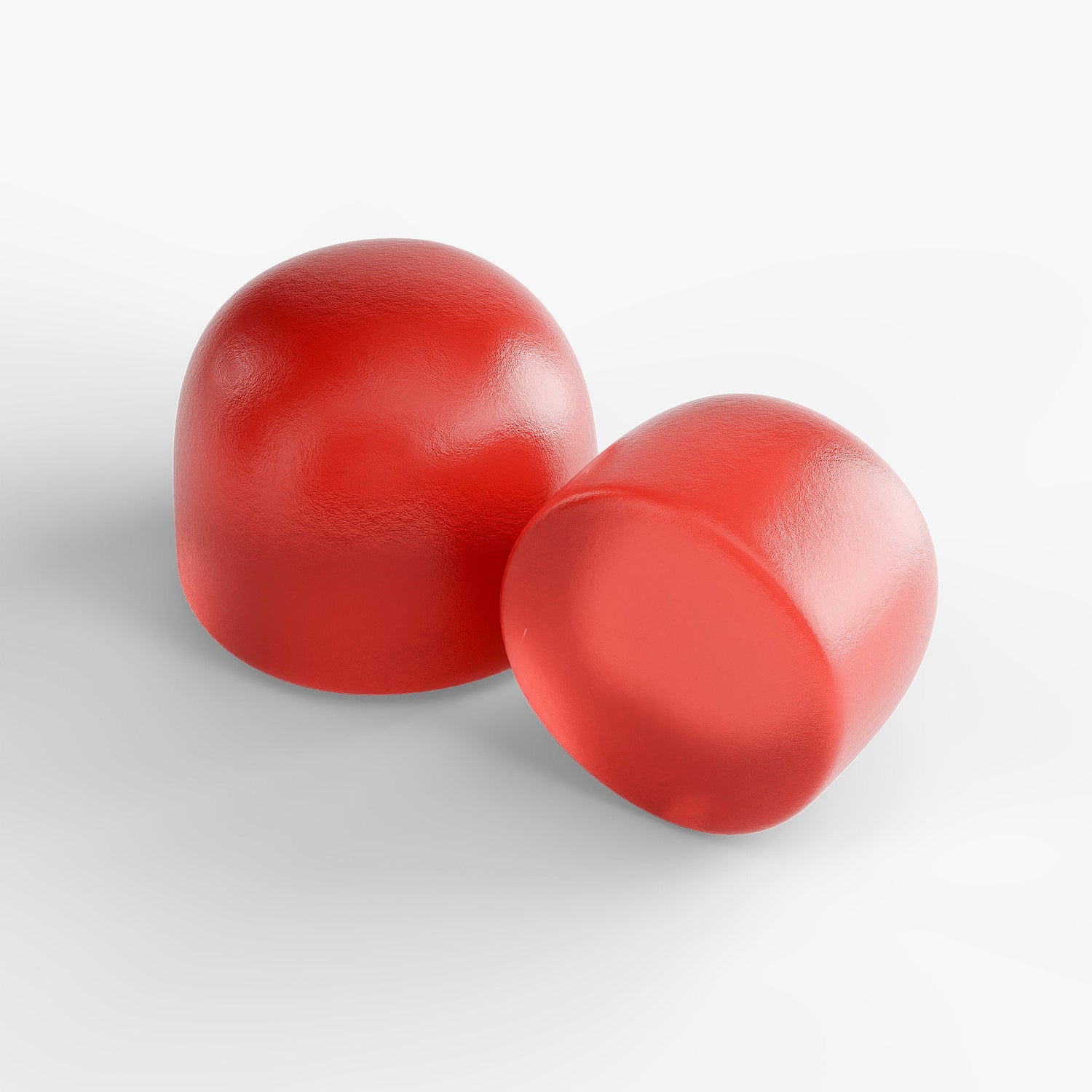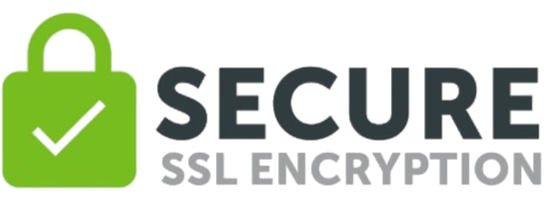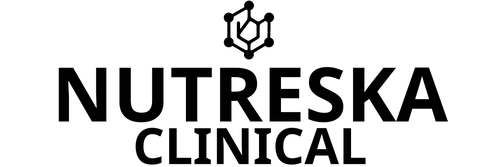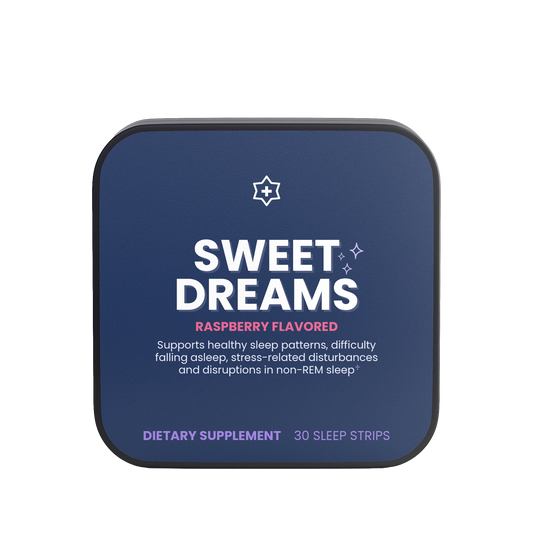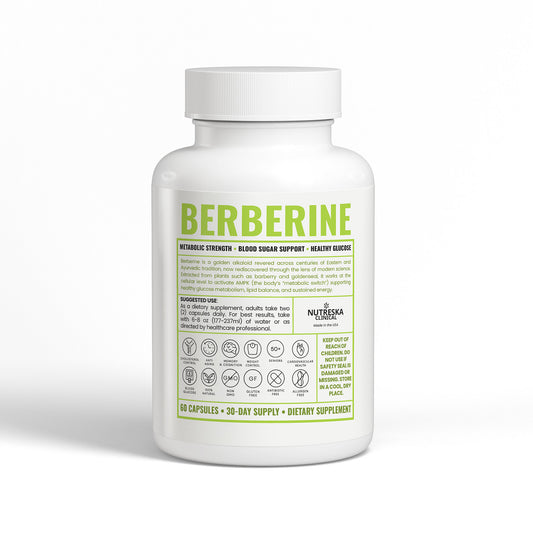NAD+: The Complete Guide
What is NAD+?
Nicotinamide adenine dinucleotide (NAD+) is a universal coenzyme present in every living cell. It shuttles electrons to power mitochondria (cellular ATP), and serves as a substrate for repair enzymes such as PARPs and regulatory proteins like sirtuins—key players in DNA repair, stress response, and metabolic control.
Why NAD+ matters
- Cellular energy: NAD+/NADH cycles convert food into ATP in mitochondria.
- DNA repair & maintenance: NAD+ fuels PARPs and sirtuins involved in genome stability.
- Metabolic & inflammatory balance: Sirtuin activity influences glucose/lipid handling and cellular stress responses.
- Brain & nerve health: Neurons are energy-hungry; adequate NAD+ supports cognitive performance.
Evidence base: comprehensive reviews link NAD+ biology to metabolism, repair and aging pathways, while human trials show certain precursors can raise blood NAD metabolites. See references at the end.
The age-related NAD+ decline
Multiple lines of research suggest cellular NAD+ availability falls with age and metabolic stress (poor sleep, ultra-processed diets, inactivity), coinciding with reduced mitochondrial efficiency and slower repair. Lifestyle changes and targeted nutrition can help support healthy NAD+ status.
How to support healthy NAD+ levels
Foundations first (free & effective)
- Sleep & circadian rhythm: consistent light/dark cycles support NAD+-linked clocks.
- Physical activity: endurance + resistance training upregulate NAD-related enzymes.
- Smart fueling: protein-forward, minimally processed diet; consider time-restricted eating if appropriate.
- Limit excess alcohol & added sugar: both can deplete NAD+ or increase demand.
Supplement options (evidence-informed)
| Option | What it is | Human evidence snapshot | Typical use |
|---|---|---|---|
| NR (nicotinamide riboside) | Vitamin B3 derivative; converts to NMN → NAD+ | Multiple trials report increased blood NAD metabolites; mixed outcomes on performance/clinical endpoints. | 300–1000 mg/day in divided doses |
| NMN (nicotinamide mononucleotide) | Direct NAD+ precursor (upstream of NAD+) | Emerging human data show increased NAD markers; regulatory status has been fluid—check current guidance in your region. | 250–600 mg/day |
| Niacin / Nicotinamide (NA/NAM) | Classic B3 vitamins; can build NAD+ | Well-studied vitamins; high-dose niacin may cause flushing; high-dose NAM may inhibit sirtuins in vitro. | As labeled (RDA-level to low-supplement range) |
| Polyphenol “helpers” | e.g., resveratrol, quercetin—often stacked with precursors | Preclinical synergy with sirtuins; human benefits remain mixed and dose-dependent. | As labeled; take with food if GI sensitive |
Regulatory note: The classification of specific NAD+ precursors (especially NMN) has changed over time and can vary by country. Always follow local regulations and purchase from reputable brands with third-party testing.
How to take it (and stack smart)
Timing
- Morning, on an empty stomach is common for NR/NMN. If you feel queasy, take with a light meal.
- Athletics/recovery: many users split doses (AM + early afternoon).
Stacks people try
- NR/NMN + resveratrol (sirtuin support)
- Magnesium + B-complex (cofactor coverage)
- Protein/creatine (mitochondria & muscle)
Safety & side effects (overview)
- Most people tolerate B3-family precursors well. Niacin may cause flushing; NR/NMN may cause mild nausea or GI upset in sensitive users.
- Medication interactions: If you take prescription meds, are pregnant/breastfeeding, or have chronic conditions, talk to your clinician first.
- Quality matters: Choose brands with identity/potency testing and transparent certificates of analysis.
Quick FAQ
How fast will I feel it?
Some notice steadier energy and recovery within 1–2 weeks; cosmetic or fitness changes usually take longer and depend on sleep, nutrition and training.
Do I still need sleep/diet if I take NAD+ precursors?
Yes. Precursors are supportive—they don’t replace foundational habits that drive NAD+ biology.
NR or NMN—what should I choose?
Both are used to support NAD+; availability, tolerance and cost often decide. Review local regulations and your clinician’s advice.
References (selected)
- Rajman L, Chwalek K, Sinclair DA. NAD+ as a Regulator of Metabolism and Aging. Cell Metab. 2018.
- Yoshino J, Baur JA, Imai S-I. NAD+ Intermediates: The Biology and Therapeutic Potential of NMN and NR. Cell Metab. 2018.
- Airhart SE et al. NR elevates NAD+ in humans. Nat Commun. 2017.
- Martens CR et al. Chronic NR elevates NAD+ and may affect vascular function in midlife adults. Nat Commun. 2018.
- Recent human NMN studies show increased NAD biomarkers; regulatory status varies by region.
